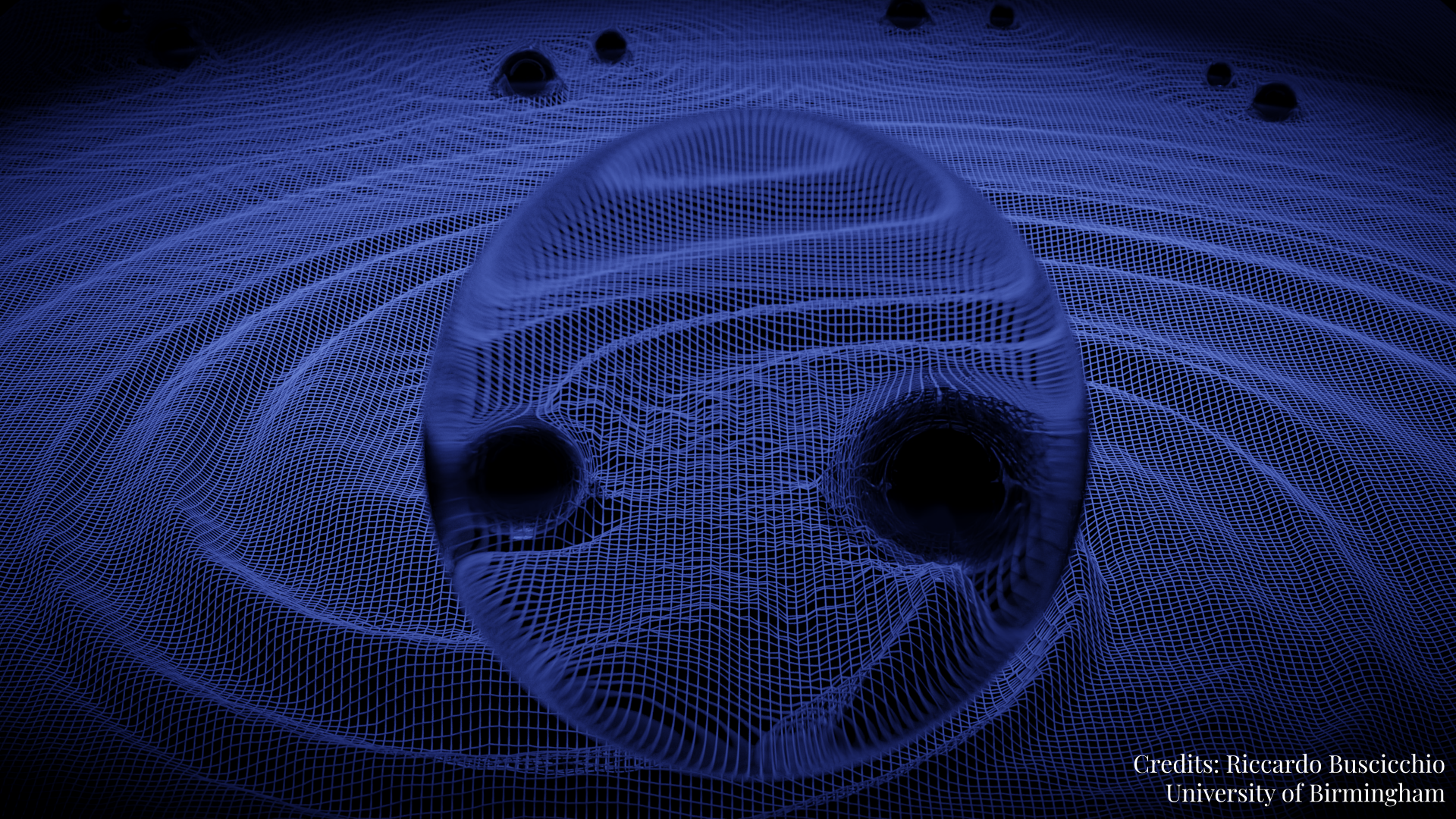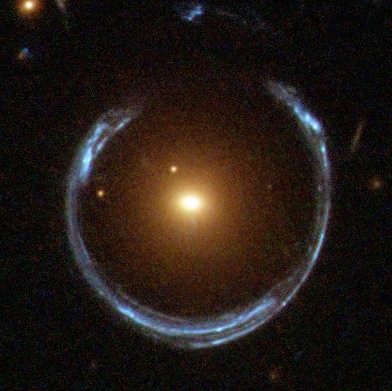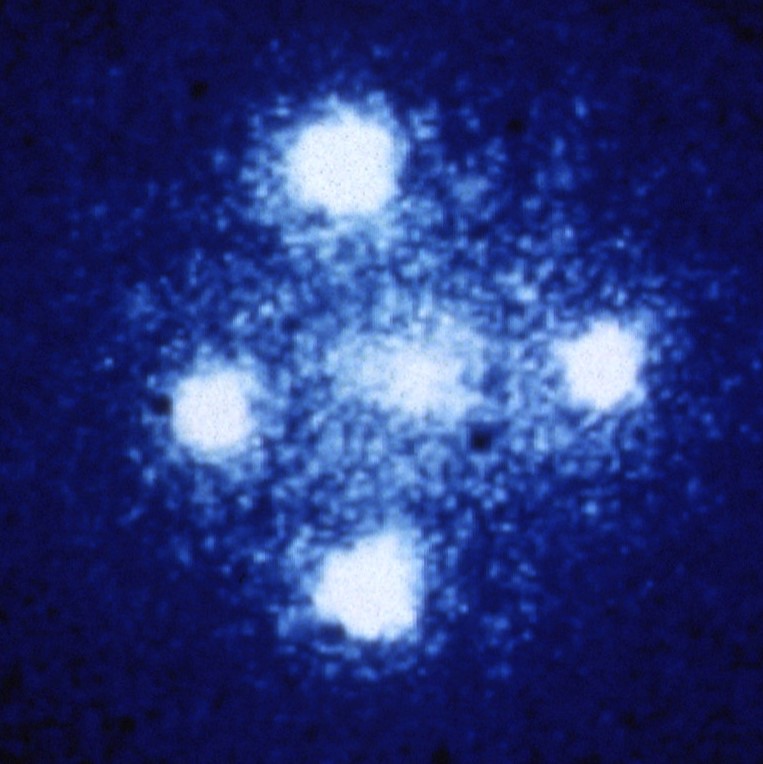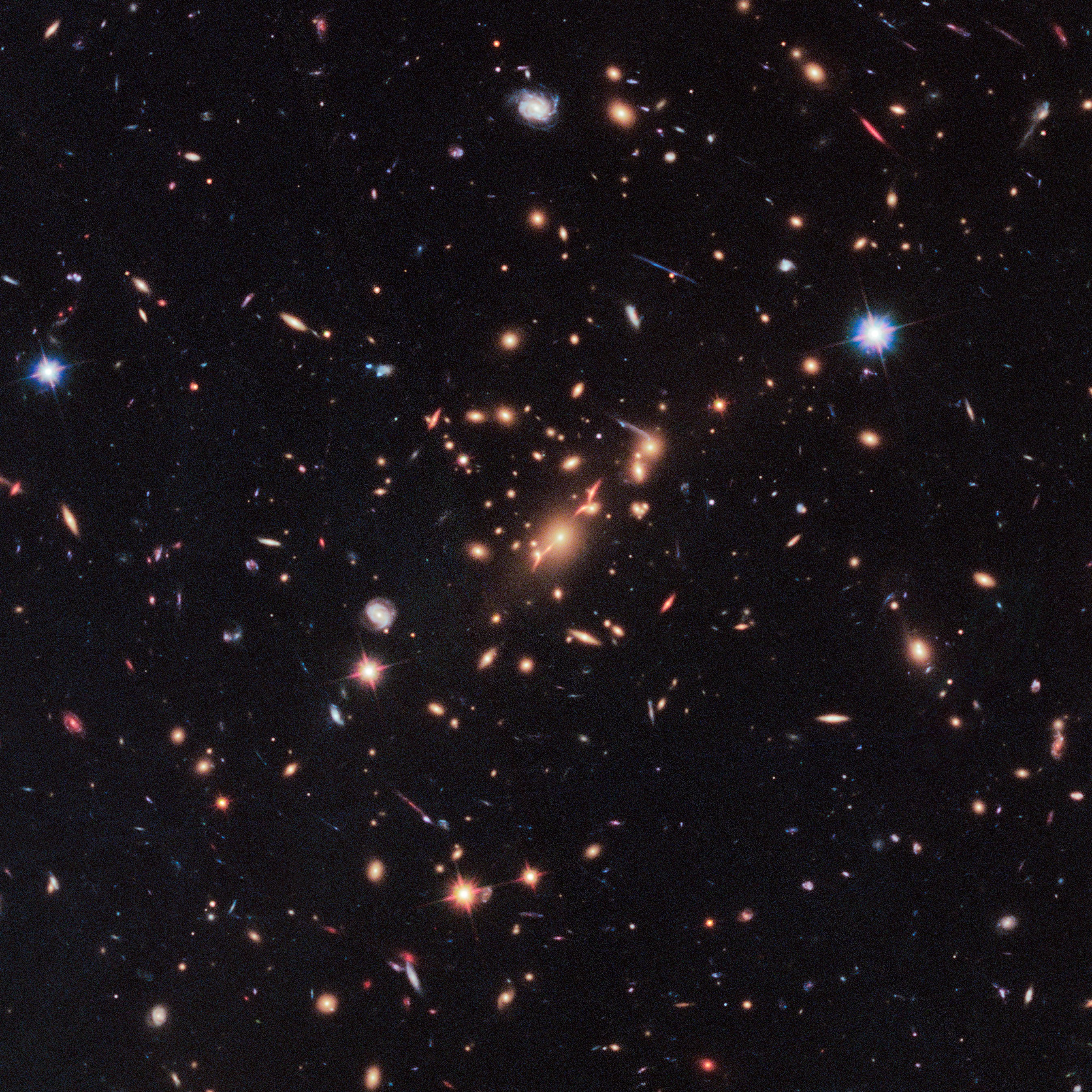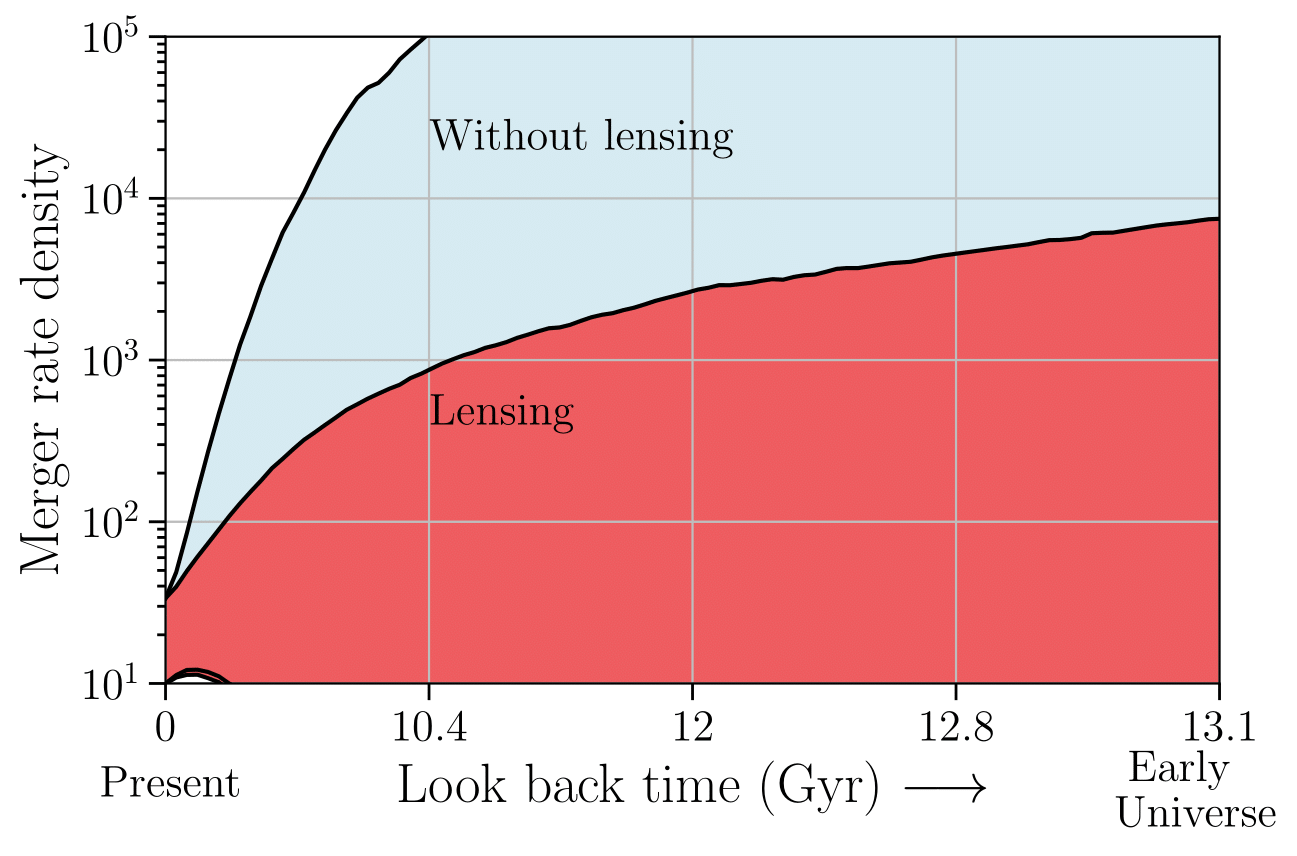Back in 1916, Albert Einstein proposed the theory of General Relativity to describe gravity. According to this theory, massive cosmic objects like black holes or neutron stars (dead stellar remnants) warp spacetime around them. This theory predicts the existence of gravitational waves - cosmic “ripples” in spacetime produced by violent events like merging black holes and/or neutron stars which are part of compact binary systems. By detecting these gravitational wave signals, we can learn much about black holes and neutron stars - their composition, origins, masses and rate of occurrence. But these waves are feeble and hard to detect. The first detection was achieved on September 14, 2015 by the two Laser Interferometer Gravitational-Wave Observatory (LIGO) detectors in the USA, from the merger of two binary black holes 1.3 billion light-years away from us. LIGO, along with the Virgo detector in Europe and the KAGRA detector in Japan, form the global network of gravitational wave detectors.
Another prediction of Einstein's General Relativity is gravitational lensing, which led to the first observational evidence of general relativity. In this phenomenon, electromagnetic (light) or gravitational waves, emitted by distant sources, can be deflected or bent due to massive objects, such as galaxies, on their path towards us, like a giant magnifying lens (see Fig. 1).
Fig.2 : Gravitational lensing can produce Einstein rings (left) and Einstein crosses (centre), statistical weak distortions in the background light from galaxies (right), and many other intriguing observations.
Gravitational lenses - a gold mine for astronomers
Gravitational lenses can magnify distant objects, split them into multiple images, or deform them into long arcs or Einstein rings (see Fig. 2). Observations of gravitational lensing are widespread in astronomy across all electromagnetic frequencies. More recently, observations of weak lensing have been used to map the distribution of matter in the universe, making a compelling case for the missing mass in the form of dark matter. Lensing also allows astronomers to study extrasolar planets or exoplanets that cause periodic variations in their star's brightness as the planets move in front of their star. Additionally, lensing enables us to weigh massive objects and uncover structures in the cosmos that would otherwise be too faint to be detected.
How does gravitational lensing affect gravitational waves?
Like light, gravitational waves can be gravitationally lensed by intervening cosmic objects, such as stars, black holes, galaxies, and galaxy clusters (see Fig. 1). While the concept behind the lensing of gravitational waves is similar to that for the lensing of light rays, the methods to detect gravitational waves are entirely different due to the fundamentally different nature of the sources and detectors. Gravitational waves emitted by a pair of merging black holes, when lensed, would cause the signals to appear as if coming from closer and heavier sources than they actually are. Multiple lensed images would appear as repeated events: near-identical events appearing minutes to months (or sometimes years!) apart. Furthermore, these lensed events will be sufficiently close to each other in the sky for the current detectors to report them as coming from the same sky location. Another effect called “microlensing”, which manifests differently for gravitational waves compared to electromagnetic radiation, can produce multiple images that appear with extremely short time gaps; this can cause the gravitational signals to overlap at the detectors and the resulting waveforms will show beating patterns.
What do lensed gravitational waves tell us?
Once identified, lensed gravitational waves could enable several exciting scientific pursuits. One might identify the galaxy in which the distant merging black holes are located , by combining data from telescopes, observing in Gamma-rays, X-rays, Optical and Radio, in addition to the data from gravitational-wave observatories. When light from the same event accompanies gravitational waves, precision cosmology studies may become feasible. By measuring the time difference between the arrival of light rays and the gravitational waves emanating from the same source, one could measure the speed of gravity relative to light. As the same event is detected at different times by multiple detectors, it helps us to better probe the gravitational-wave polarisation modes, allowing one to test general relativity or alternative theories of gravity. Microlensing, on the other hand, might help in studying populations of objects such as black holes of unconventional origins and masses.
Fig. 3: In the absence of lensing, the possible rates at which compact binaries might merge, as calculated by astronomers, cover a large range (blue region) in comparison to the corresponding rates when lensing effects are considered (red region). This gives significant improvement in our knowledge of the rate of merging binaries at early times in the Universe.
Are any of the recent detections gravitationally lensed?
In the first half of their third set of observations, the so-called “O3a observing run”, the LIGO-Virgo collaboration searched for lensing signatures in their gravitational data. Given the current sensitivity of the detectors, they predicted how frequently lensing occurs and determined how even the absence of detectable lensing effects already improves our knowledge of the compact binary merger rate in the distant universe (see Fig. 3). They also demonstrated how the absence of detection of stochastic gravitational waves from the early Universe improves our knowledge of the rate of lensing. Magnification through lensing could also help to explain the exceptionally high masses seen in some of the detected LIGO-Virgo events (like GW190425 or GW190521). The detector data was also searched for multiple lensed events, to compare whether a given pair of signals are more likely to be produced by the same or any unrelated sources. Several candidate pairs that resemble each other closely were identified, but in the end no support was found for these to be actually lensed. Finally, they searched for the characteristic “beating pattern” effect of microlensing on the shapes of the detected waves, finding no evidence for microlensing in the 36 tested events. In summary, the comprehensive study of the O3a data has uncovered no compelling evidence so far for gravitational lensing of detected events.
Looking ahead
In the future, it will be possible to delve deeper into lensing effects on gravitational waves, with the development of more sensitive analysis methods and more detailed models. Looking for signatures of lensing candidates in accompanying light emitted by the same sources could also be promising for identifying the possible galaxies from where the gravitational-wave signals originate and the intervening massive lenses. Further upgrades to the current generation of detectors and extension of the global network (e.g. LIGO-India) will continue to improve the chances of detecting clear lensing signatures. Once the third-generation and space-based detectors (such as the Einstein Telescope, Cosmic Explorer and LISA) come online in the 2030s, many other exciting possibilities will become feasible.
Indian contribution
Indian researchers of the LIGO-India Scientific Collaboration (LISC), primarily from Inter-University Centre for Astronomy & Astrophysics (IUCAA), Pune, and International Centre for Theoretical Sciences (ICTS), Bengaluru, have played a major role in various aspects of the project. Dr. Anupreeta More (IUCAA) acted as lead of one of the investigations, in addition to reviewing other analyses. She was also a key contributor to the publication, together with Dr. Apratim Ganguly (IUCAA & ICTS) and Dr. Shasvath Kapadia (ICTS). Dr. Ganguly, along with Srashti Goyal (ICTS), were also involved in reviewing multiple analyses. Prof. Parameswaran Ajith (ICTS) also provided critical comments and suggestions at various stages of this project. One of the analyses used in this project, the posterior-overlap analysis, was developed at ICTS under the guidance of Prof. Ajith and his collaborators.
Apart from this, various researchers of LISC are involved in multiple lensing projects, which will benefit the collaboration, and the new analyses might be included in future LIGO-Virgo-KAGRA (LVK) publications. LISC researchers continue to contribute in the various aspects of the LVK collaboration efforts and the strong presence of Indian researchers is a good indication of the preparedness for the upcoming LIGO-India project.
Glossary
- Black Hole: A massive dense object whose gravitational pull is so strong that light cannot escape.
- Compact binary: A system of two stellar remnants (a neutron star or a black hole) orbiting each other closely.
- Gravitational-wave polarisation: The geometric shape of the stretching and squeezing of spacetime caused by a gravitational-wave as it moves.
- Distant universe: Due to the finite speed of light, the further we look into the distant universe, the further we also look back in time.
- Stochastic Gravitational waves: A background “noise” of gravitational wave signals which arises due to various processes from different directions, for example, the waves produced in the earliest phases of big bang or weak signals produced by populations of compact binaries in the Universe.

